Using a clear, well-thought-out, and easy to find privacy policy establishes trust with customers. Why? Because once they know you'll protect their data, they may be more likely to buy — and to tell their friends to buy, too.
It's also the law. A good privacy policy should ideally include some explanation for why you're using the data you're using, the steps you take to protect such data, and how a customer can contact you if they have questions or concerns. To help you get started, Weebly has created a privacy policy template. Here's how to do it if you take the tougher road of writing it all yourself.
What's Required
Let's start with the sorts of data that's personally identifying:
Best Practices to Put in Place Today
Once you've studied the requirements and have an idea for what you have to say to meet legal requirements, take these steps to make sure your customers know they'll be well-protected when shopping at your eCommerce site:
It's also the law. A good privacy policy should ideally include some explanation for why you're using the data you're using, the steps you take to protect such data, and how a customer can contact you if they have questions or concerns. To help you get started, Weebly has created a privacy policy template. Here's how to do it if you take the tougher road of writing it all yourself.
What's Required
Let's start with the sorts of data that's personally identifying:
- Names
- Email addresses
- Location (city, town, state, street address)
- A Social Security number
Best Practices to Put in Place Today
Once you've studied the requirements and have an idea for what you have to say to meet legal requirements, take these steps to make sure your customers know they'll be well-protected when shopping at your eCommerce site:
- Create a new page to include your policy. Including privacy policy text as "fine print" at the bottom of your store's home page won't do anything to engender trust. Choose instead to have a distinct page where your policy is spelled out in plain language.
- Link to it from your homepage. You can use the homepage of your store to highlight your privacy policy, just don't do it in a way that leaves shoppers squinting. Instead, include a link in the navigation to your new page. Make it obvious and easy to click.
- Use reassuring language. Once readers arrive, greet them with language that's respectful and reassuring. Here's an overly simple example: "Thank you so much for shopping with us! We're glad you're here! Please let us know if you have any questions, and in the meantime we want you know that we collect some personally identifying information such as [list everything here] to better serve you. We take the responsibility of protecting your data very seriously, which is why we [list steps taken to protect data here]. But again, if there's anything you need to know more about or simply have questions [include specific instructions for getting in contact here]. Thanks again for visiting!"
|
A privacy policy is an essential part of any eCommerce site.
Make yours distinct and easy to find, spelling out everything shoppers need to know on a separate page. And make sure you use reassuring language. Shoppers don't just want to know you're protecting their data. They also want to know you've their best interests at heart. |
Does your site have a policy yet? Getting started on one is easier than ever with Weebly's new privacy policy generator tool.
Nothing in this article constitutes legal advice. Please consult our Terms of Service, Privacy Policy, and our Privacy Policy Generator Disclaimer before using the templates.
Nothing in this article constitutes legal advice. Please consult our Terms of Service, Privacy Policy, and our Privacy Policy Generator Disclaimer before using the templates.

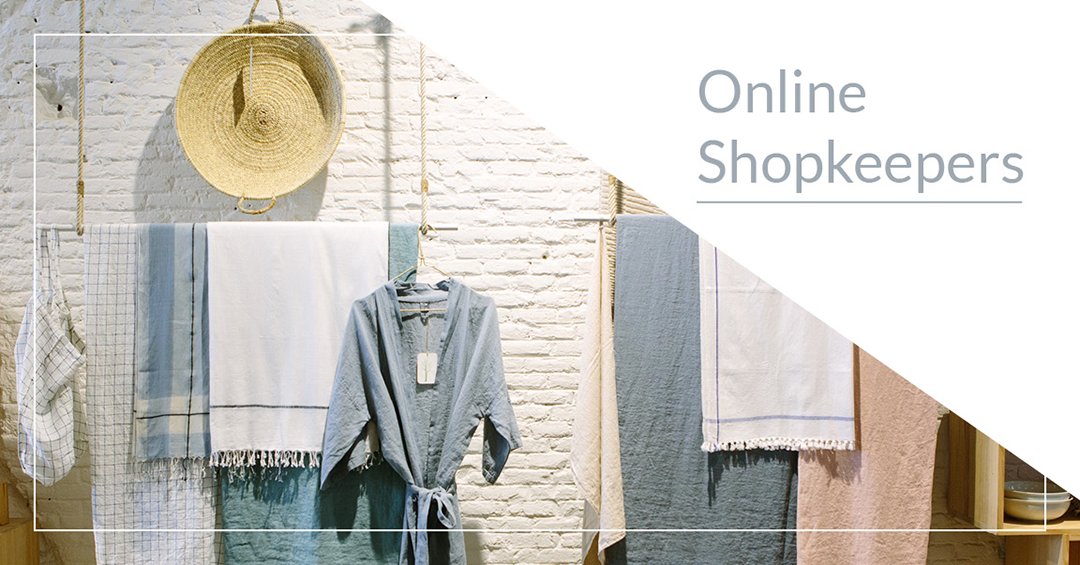
































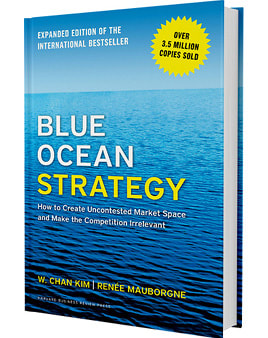


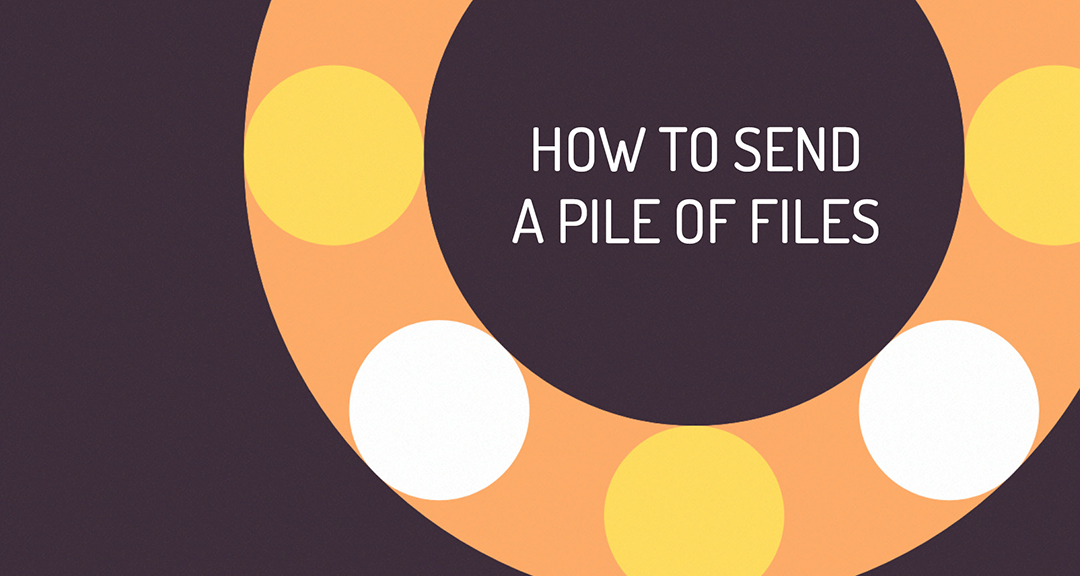
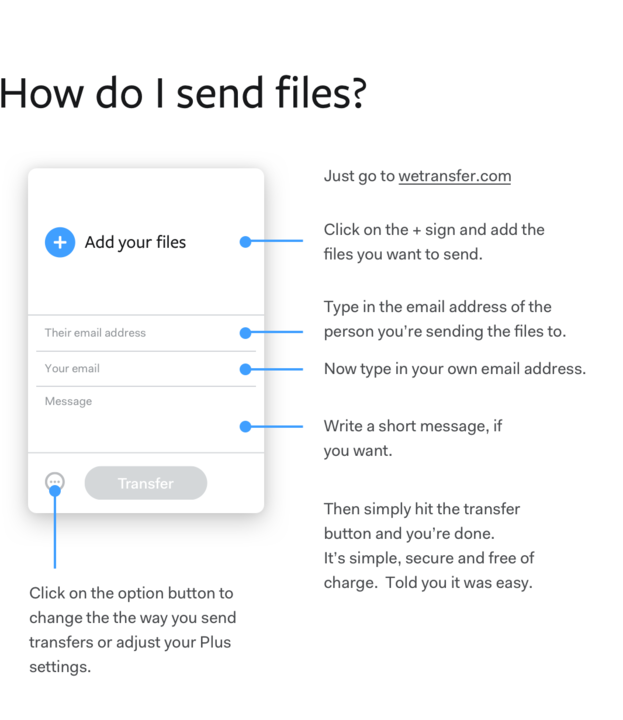

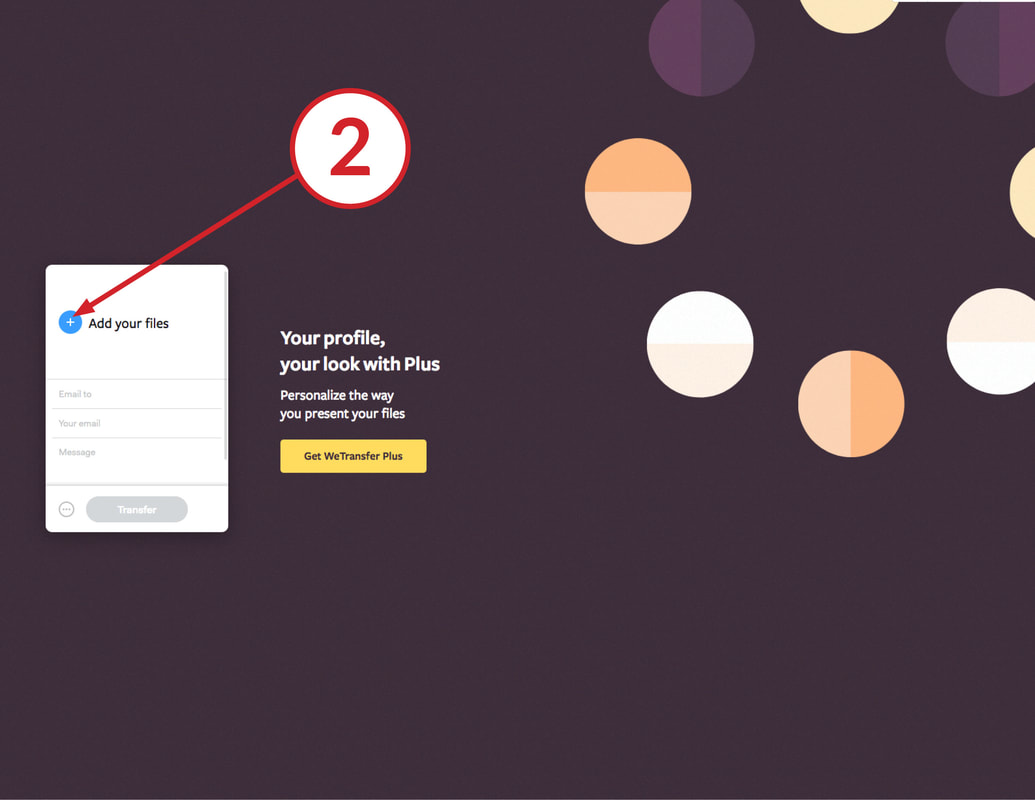
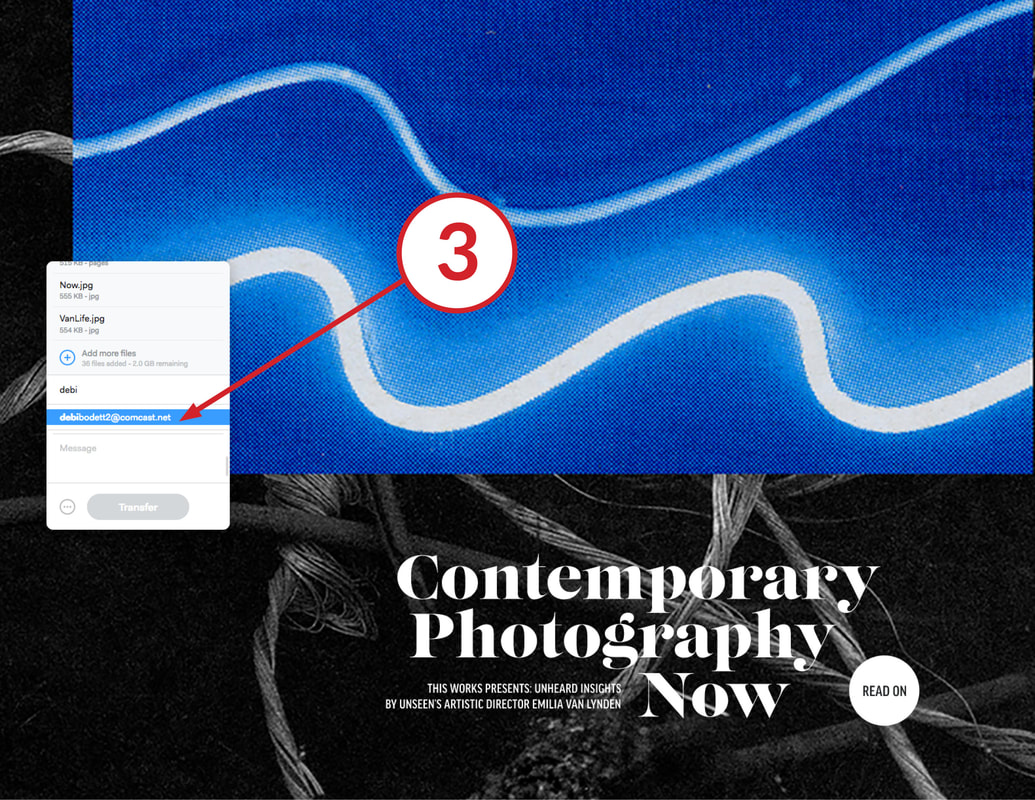
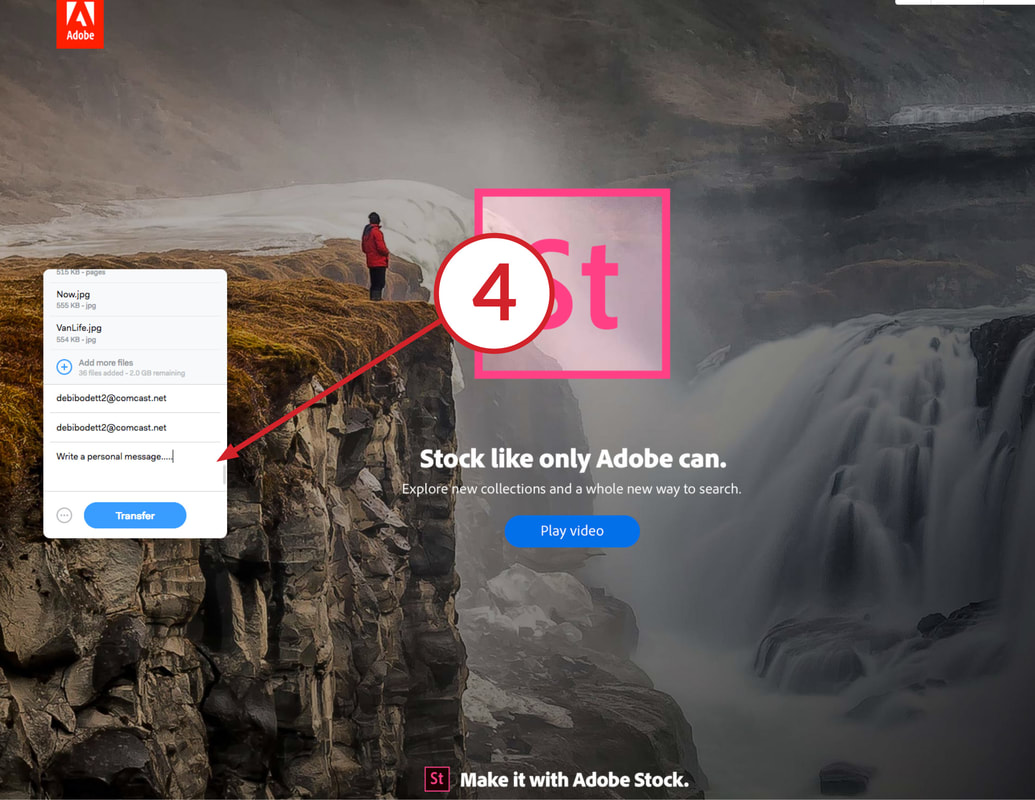




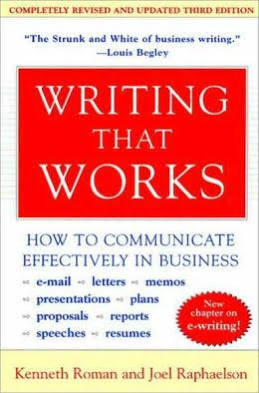




 RSS Feed
RSS Feed

